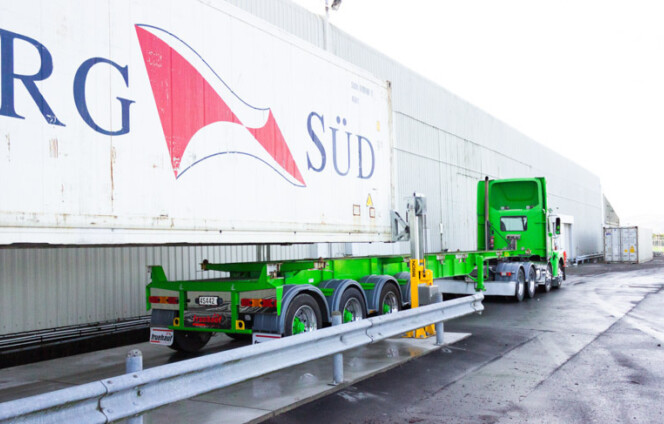New Rules About Misdeclared Containers
Dr Murray King, a transport consultant and former president of CILT NZ, has provided an article regarding the latest regulations on misdeclared containers.
The International Maritime Organisation, a United Nations organization based in London, oversees the safety of global shipping and is responsible for the International Convention for the Safety of Life at Sea ("SOLAS"). SOLAS regulates all aspects of shipping, including the construction of vessels, life-saving equipment, and the transport of hazardous goods. Chapter VI of SOLAS focuses specifically on the transportation of cargo, and 162 countries (including New Zealand) have signed this convention, representing 99% of the world's shipping tonnage. In New Zealand, the SOLAS regulations are incorporated into local laws through the Maritime Transport Act 1994 and Maritime New Zealand's Maritime Rules. This information was originally published in Logistics and Transport NZ, the official publication of CILT NZ.
The International Maritime Organization (IMO) has recently agreed to amend the Safety of Life at Sea (SOLAS) convention to strengthen the regulations related to container weight declarations. The current convention already requires shippers to declare the weight of containers, enabling masters to make accurate trimming decisions for their vessels. However, the current regulations are not enforced effectively, if at all. Container weights are often inaccurately estimated or declared. Both under-declared and over-declared weights pose safety risks. If a container is declared to weigh less than its actual weight, it may be placed high in the ship's deck stack, creating potential instability. Conversely, if a container is declared to weigh more than its actual weight, it may be placed lower in the deck stack with heavier containers above it, which may also disrupt the vessel's stability. Although containers have load limits marked on them, overloading a container is not the only issue. The difference between the actual and declared weight is the primary concern. Poor weight distribution within a container can also cause significant problems.






